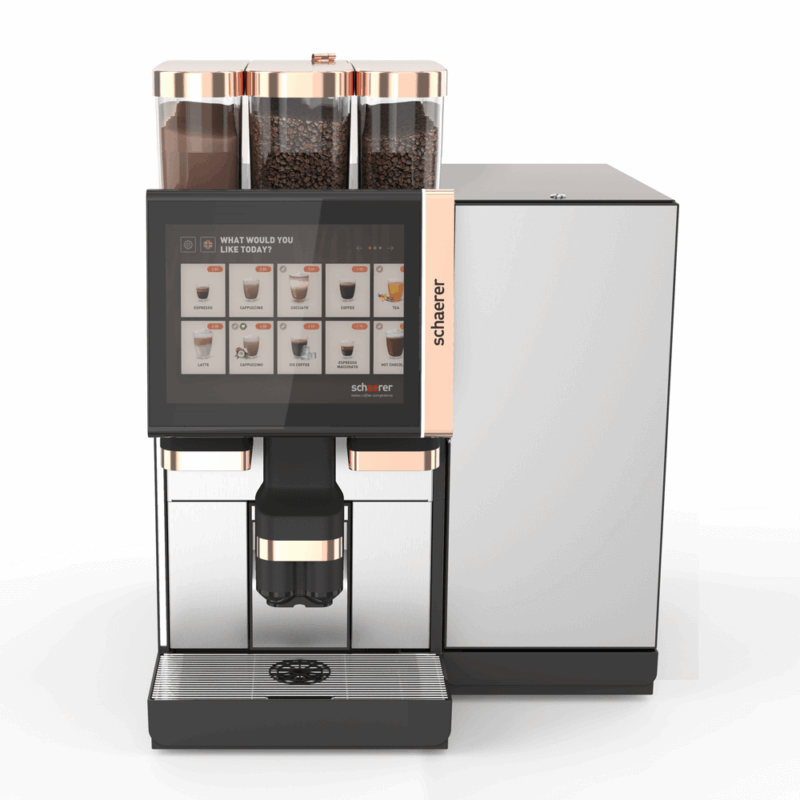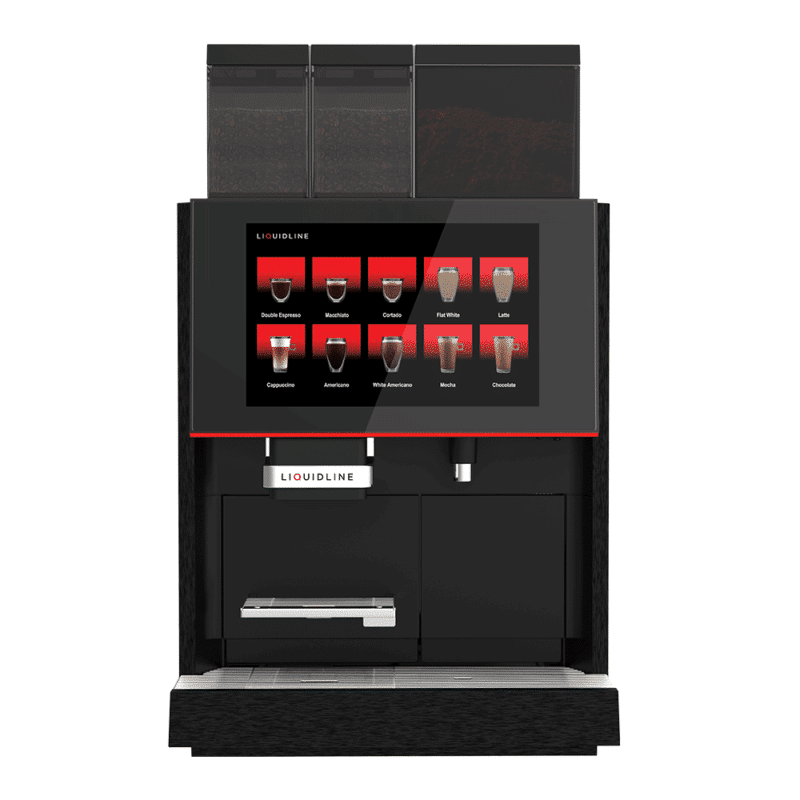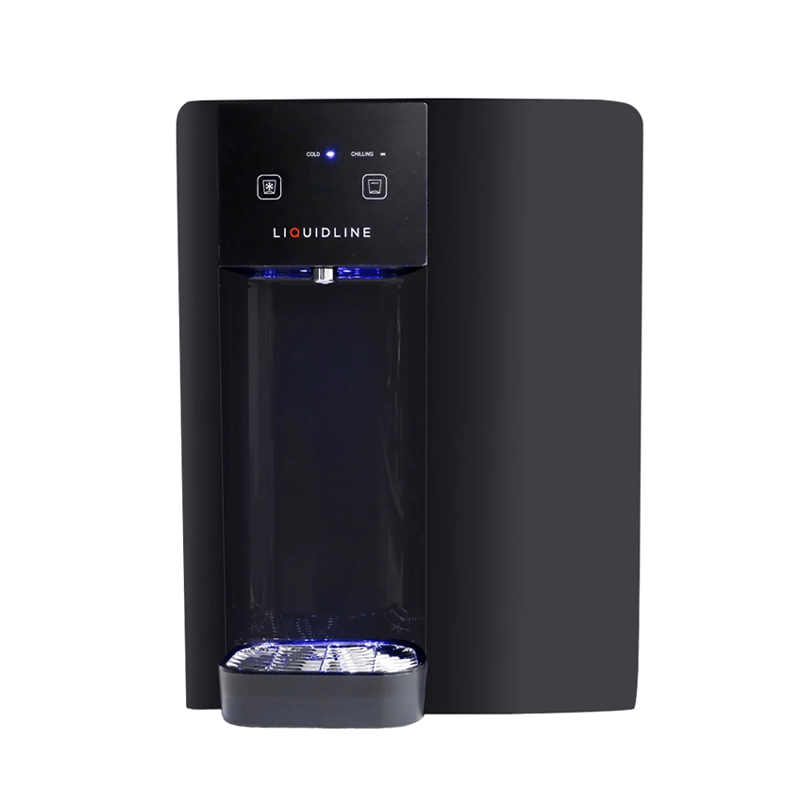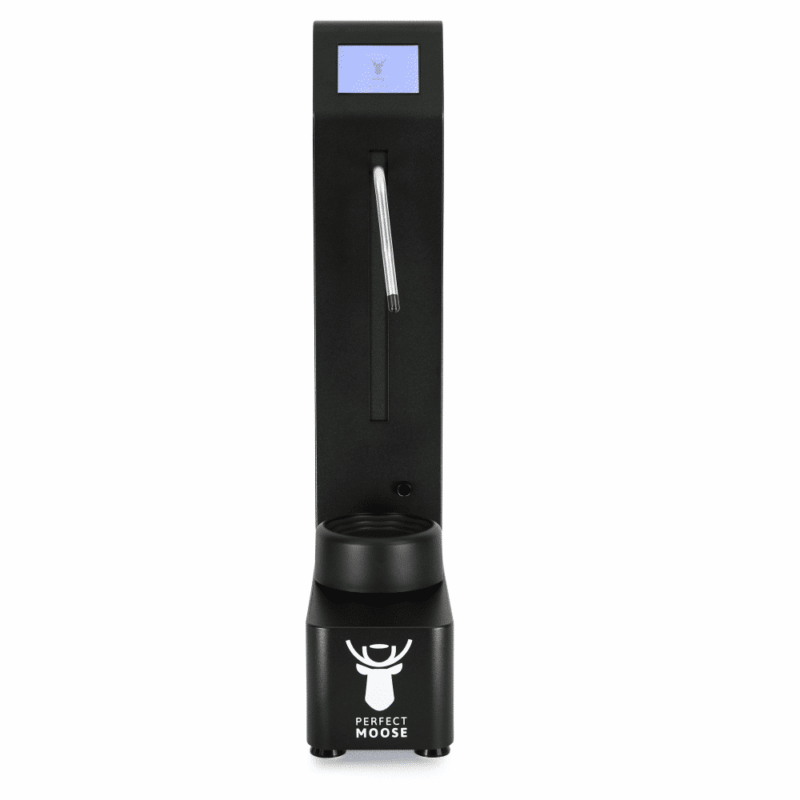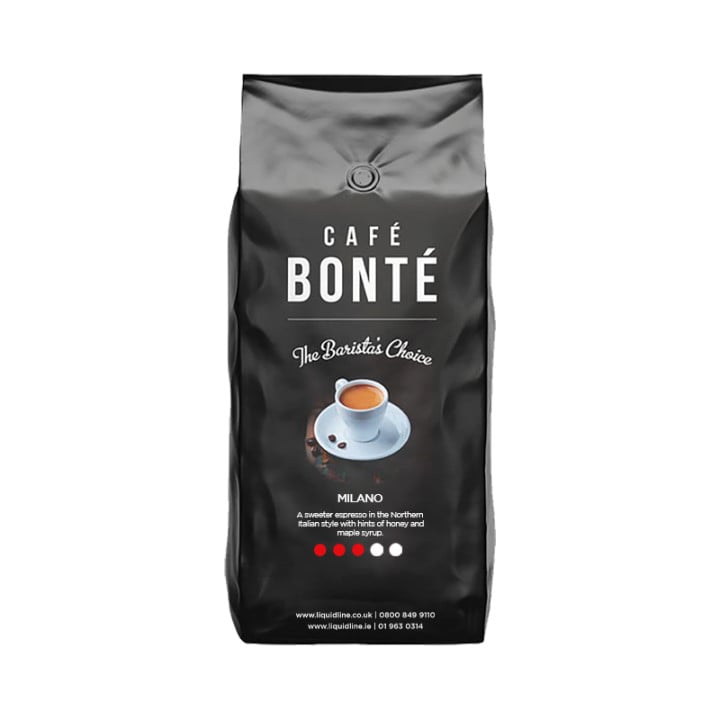What is the Difference Between Fresh Milk and Powdered Milk?

When it comes to making a fresh cup of coffee or tea, you will be wanting to know which milk option is better suited to your beverage. There are a variety of milk products on the market to choose from, from goat milk, to almond and plant-based milks.
Many of the nutrients between fresh and powdered milk are the same, but are present in different amounts.
Both powdered and fresh milk offer substantial amounts of calcium, around 28 to 30 percent of your daily calcium requirements.
Here are some differences between powdered milk and fresh milk to help you choose the right one for you.
Powdered Milk
Powdered milk is made from dehydrated, pasteurised milk, whereas fresh milk is liquidised. It comes in various forms including as non-fat, or dry milk. It is a manufactured dairy product made by evaporating milk to dryness, which helps preserve it. This means that powdered milk often has a longer shelf life as it does not need to be refrigerated. Milk powders contain twenty-one standard amino acids, proteins, vitamins and minerals, although the contents vary depending on which powder you buy.
There are various drying process involved in the manufacturing of powdered milk that can have an effect on its overall composition. The volatile heat components in the milk, for example, are destroyed based on the processing temperature applied. Powdered milk is easy to store and will last for a longer period of time, as it does not need to be refrigerated. It is therefore, a good option for those who can’t get a regular supply of milk, or want to buy it in bulk without having to worry about running to the shop to get fresh milk when it is out of date. Powdered milk has an average shelf life of 18 months.
When mixing, powdered milk is a good base for smoothies, tea, coffee and more, but only with filtered coffee and not when using an espresso machine to make your beverage. Fresh milk in this case, is a better alternative, for freshness, a better taste experience and the option for milk froth and latte art.
Fresh Milk
Fresh milk has a superior flavour and taste and more bioactive components than in powdered milk. Fresh milk contains more B5 and B12 Vitamins, phosphorus and selenium in comparison to powdered milk, which help maintain the health of your nervous system and play a key role in enzyme function. Fresh milk overall contains about 87 percent water, 4 percent fat and 9 percent solid, including proteins and lactose minerals.
Whole milk is a barista’s best friend when it comes to making fresh coffee, with around 4 percent fat, a richness of texture and a great pick for professional coffee makers. A litre of milk can make around four lattes, or cappuccinos, so it is important you stock up!
The main difference between powdered milk and fresh milk is the taste profiles. Fresh milk has a superior taste profile, hence why it is preferred by some, especially by barista’s. Powdered milk however, loses its taste during the dehydration process, but is often added to certain foods, and can be used by those who do not enjoy consuming milk in its liquid form.
